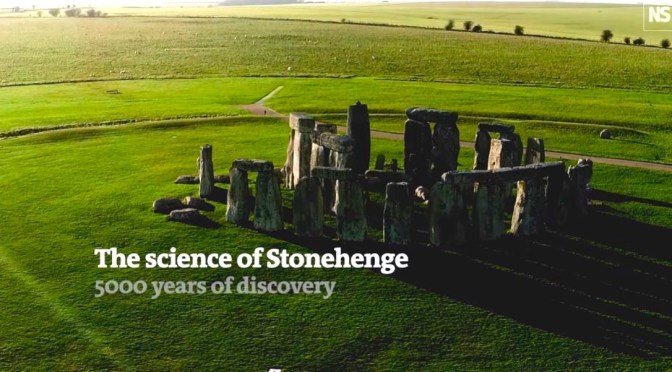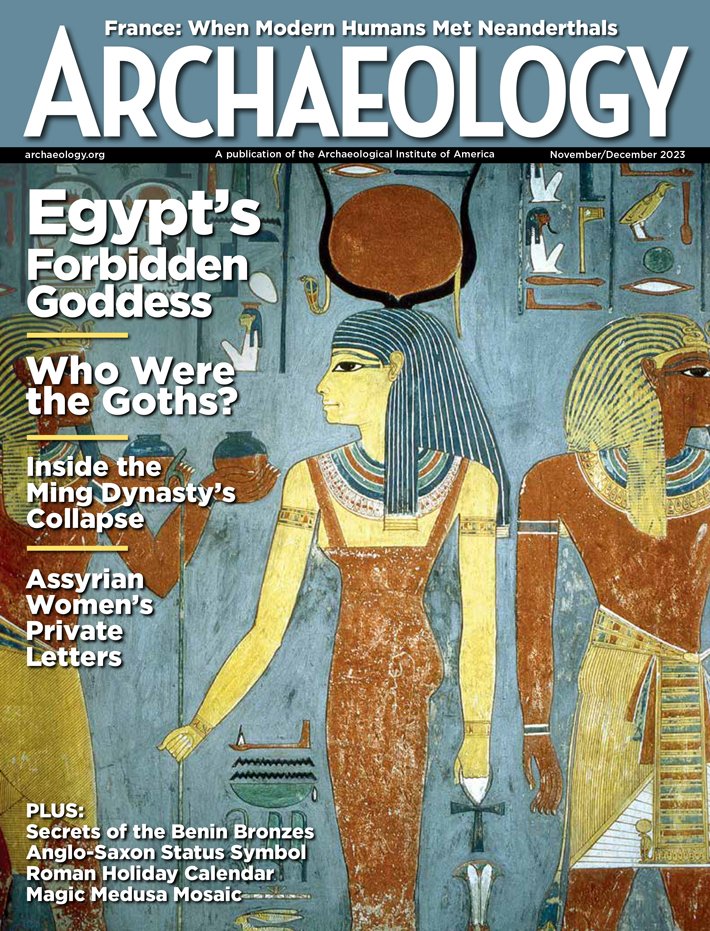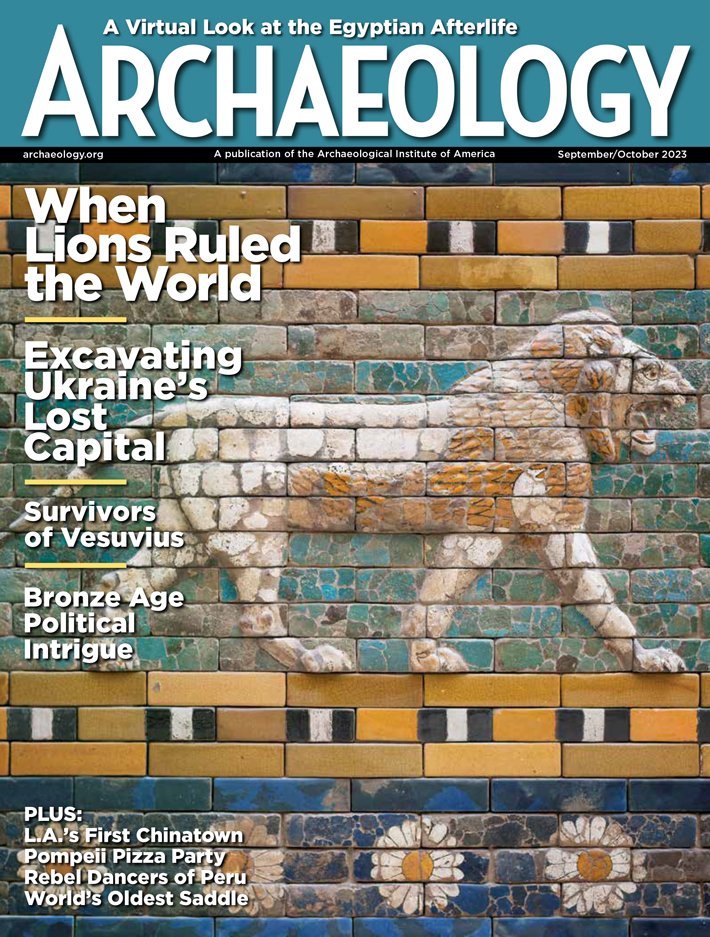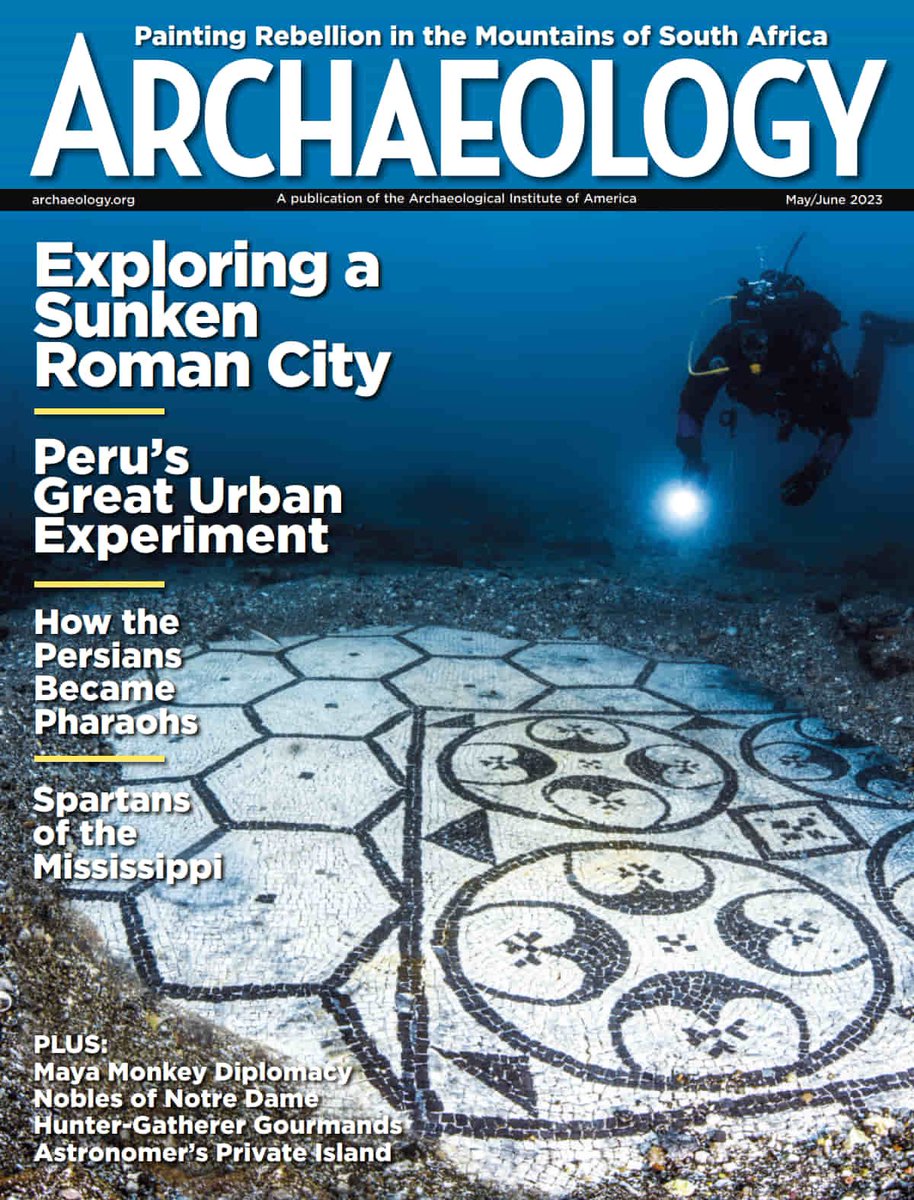
Science Magazine – March 15, 2024: The new issue features ‘Fast Moving Magma’ – A large diking event preceded Iceland’s recent eruptive episodes…
Efforts to screen kids for type 1 diabetes multiply
Blood tests can detect the disease process early, avoiding complications and aiding treatment
‘Damning’ FDA inspection report undermines Alzheimer’s drug
Inspectors faulted analyses of clinical trial samples by Hoau-Yan Wang for drug developer Cassava Sciences
Seafloor fiber-optic cables become sensor stations
“Smart cables” will detect earthquakes, tsunamis, and global warming
‘I’m not Tony’: Anthony Fauci’s heir vows new direction at NIAID
Jeanne Marrazzo, an HIV prevention researcher, sees need for more “holistic” approach to community health problems


















